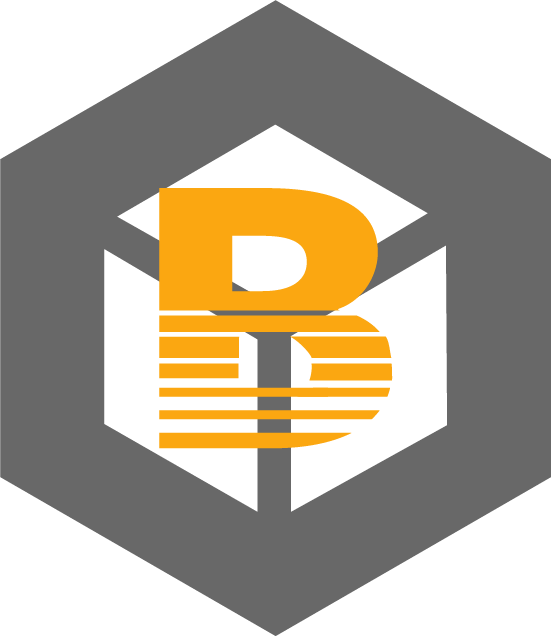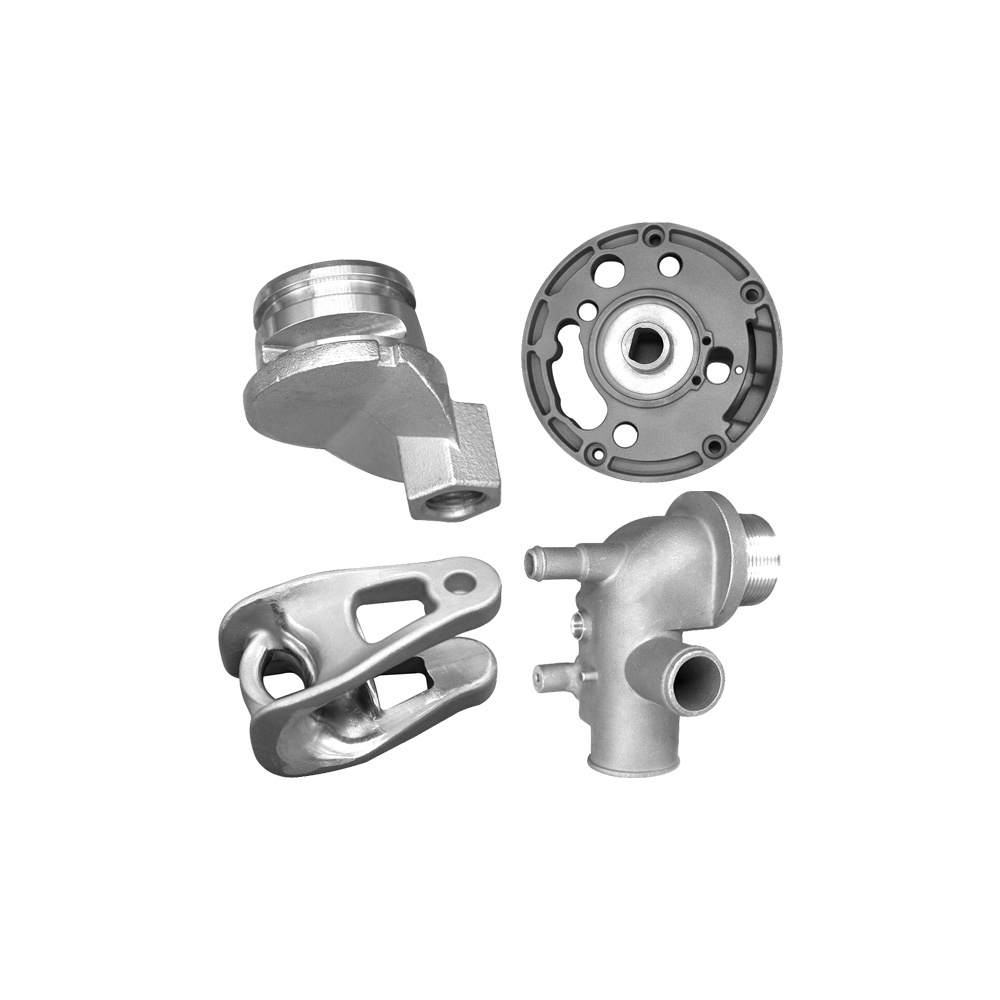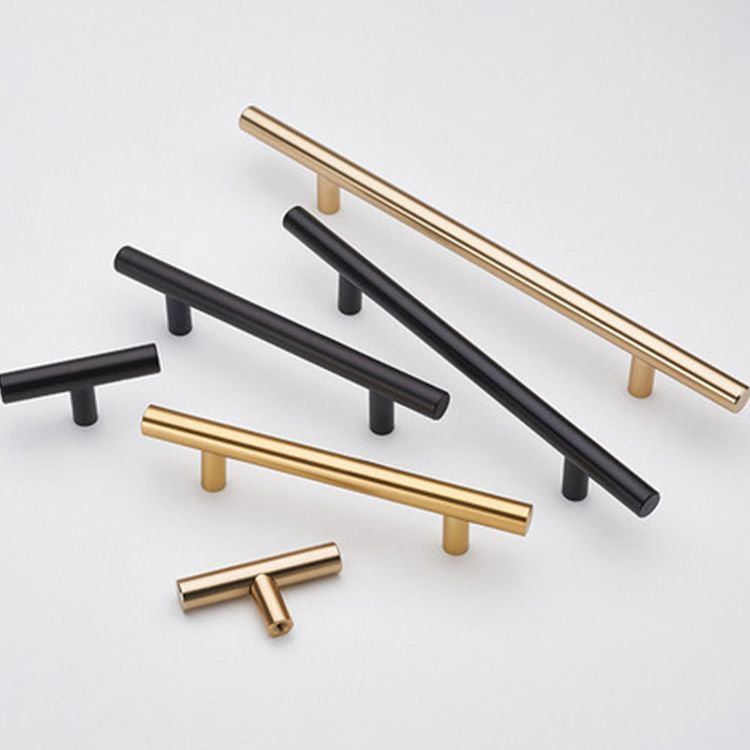 Esperanto
Esperanto
 Shqiptare
Shqiptare
 Euskara
Euskara
 Zulu
Zulu
 Latinus
Latinus
 Cymraeg
Cymraeg
 தமிழ்
தமிழ்
 Slovak
Slovak
 Slovak
Slovak
 Afrikaans
Afrikaans
Breaking Down the Basics of Sheet Metal Fabrication: A Comprehensive Guide
Release time:
2025-07-13
Source:
Breaking Down the Basics of Sheet Metal Fabrication
Table of Contents
- What is Sheet Metal Fabrication?
- The Importance of Sheet Metal Fabrication in Manufacturing
- Common Materials Used in Sheet Metal Fabrication
- Key Processes in Sheet Metal Fabrication
- Applications of Sheet Metal Fabrication
- Challenges in Sheet Metal Fabrication
- The Future of Sheet Metal Fabrication
- Frequently Asked Questions (FAQs)
What is Sheet Metal Fabrication?
Sheet metal fabrication refers to the process of transforming flat sheets of metal into various shapes and forms through different techniques. This versatile manufacturing method is integral in creating everything from simple brackets to complex enclosures for a wide range of industries. The process involves several stages, including cutting, bending, and assembly, ultimately resulting in the production of finished components or products.
The Importance of Sheet Metal Fabrication in Manufacturing
Sheet metal fabrication plays a crucial role in modern manufacturing. Its significance can be highlighted through several key points:
- Cost-Effectiveness: Utilizing sheet metal allows manufacturers to reduce material waste and labor costs, making it a more economical option compared to other manufacturing methods.
- Versatility: Sheet metal can be easily manipulated into various shapes and sizes, allowing it to be used in diverse applications across industries such as automotive, aerospace, and construction.
- Durability: Components made from sheet metal are often resistant to corrosion and wear, providing lasting performance in demanding environments.
- Customization: Fabrication techniques enable customization, allowing manufacturers to create tailored solutions that meet specific client needs.
Common Materials Used in Sheet Metal Fabrication
Several materials are commonly employed in sheet metal fabrication, each offering unique properties suitable for various applications:
- Steel: Both carbon and stainless steel are widely used due to their strength, durability, and cost-effectiveness.
- Aluminum: Lightweight and corrosion-resistant, aluminum is popular for applications where weight savings are critical.
- Copper: Known for its excellent electrical conductivity, copper is often used in electrical components.
- Brass: This alloy of copper and zinc is favored for its aesthetic appeal and resistance to corrosion.
Key Processes in Sheet Metal Fabrication
Understanding the processes involved in sheet metal fabrication is essential for anyone in the industry. The primary techniques include:
Cutting Techniques
Cutting is often the first step in sheet metal fabrication. Various methods are used, including:
- Laser Cutting: This method uses a high-powered laser to cut through metal sheets with precision. It is ideal for intricate designs and offers clean edges.
- Water Jet Cutting: Utilizing high-pressure water mixed with abrasive materials, water jet cutting is effective for metals that may be affected by heat.
- Shearing: A mechanical process that cuts straight lines through sheet metal, shearing is efficient for creating blank shapes.
Bending and Forming
Once the metal is cut to shape, the next step is bending and forming. This process involves:
- Press Brake Bending: A machine called a press brake is used to bend the metal at specific angles, forming components like brackets and enclosures.
- Roll Bending: This technique involves using rollers to create curves and arcs in sheet metal, often used for cylindrical shapes.
Joining Methods
After the metal is shaped, various joining methods are employed to assemble components:
- Welding: A common method that joins metal parts by melting and fusing them together.
- Riveting: This technique involves using metal pins (rivets) to fasten pieces together, often used in construction and aircraft manufacturing.
- Adhesive Bonding: An increasingly popular method that uses adhesives to bond metals without heat, providing a strong joint with minimal thermal distortion.
Applications of Sheet Metal Fabrication
Sheet metal fabrication is utilized across various industries, showcasing its versatility:
- Aerospace: Components such as aircraft fuselages and wings often rely on lightweight sheet metal for structural integrity.
- Automotive: From body panels to structural support, sheet metal is fundamental in vehicle manufacturing.
- Construction: HVAC ducts, roofing systems, and architectural elements often utilize fabricated sheet metal.
- Electronics: Enclosures for devices and equipment extensively use sheet metal for protection and grounding.
Challenges in Sheet Metal Fabrication
While sheet metal fabrication offers numerous advantages, it is not without challenges:
- Material Limitations: Different metals possess varying characteristics, which can complicate the fabrication process.
- Precision Requirements: Maintaining tight tolerances is crucial, especially for applications that involve intricate designs.
- Cost Management: Balancing quality and cost-effectiveness is a constant challenge for manufacturers.
The Future of Sheet Metal Fabrication
The future of sheet metal fabrication is promising, driven by technological advancements:
- Automation: The rise of automated systems and robotics in fabrication processes will boost efficiency and precision.
- 3D Printing: Innovations in 3D printing technology may enable hybrid manufacturing approaches, expanding design possibilities.
- Smart Manufacturing: IoT integration will facilitate real-time monitoring and optimization of fabrication processes, leading to higher productivity.
Frequently Asked Questions (FAQs)
1. What is the difference between sheet metal and metal fabrication?
Sheet metal refers specifically to thin, flat pieces of metal, while metal fabrication encompasses a broader range of processes involving various forms of metal, including solid and structural shapes.
2. How thick is sheet metal?
Sheet metal thickness can range from 0.006 inches (0.15 mm) to 0.25 inches (6.35 mm) or more, depending on the application and material type.
3. What industries use sheet metal fabrication?
Industries including aerospace, automotive, construction, electronics, and HVAC utilize sheet metal fabrication for various applications.
4. Can sheet metal be recycled?
Yes, sheet metal is highly recyclable, making it an environmentally friendly choice for manufacturing processes.
5. What factors affect the cost of sheet metal fabrication?
Factors such as material type, thickness, complexity of the design, and the chosen fabrication processes can influence the overall cost of sheet metal fabrication.
Conclusion
Sheet metal fabrication is an essential component of modern manufacturing, providing versatility, cost-effectiveness, and durability. By understanding the various processes, materials, and applications involved, businesses can leverage sheet metal fabrication to create high-quality products that meet their specific needs. As technology continues to advance, the future of sheet metal fabrication promises even more innovative solutions, positioning it as a critical element in the manufacturing landscape.
Sheet Metal Fabrication
Related News
2025-12-14 12:00
Understanding CNC Turning and Milling Parts: A Comprehensive Guide for Precision Manufacturing
CNC (Computer Numerical Control) turning and milling are essential processes in the realm of precision manufacturing. These techniques are widely employed in the machining industry for producing intricate components that meet strict tolerances and specifications. Understanding the fundamentals of CNC turning and milling parts can enhance your knowledge of how these processes contribute to quality
2025-12-09 12:10
A Comprehensive Guide to Household Appliances Maintenance: Keep Your Home Running Smoothly
A Comprehensive Guide to Household Appliances Maintenance Household appliances are the backbone of modern living, providing convenience and efficiency in our daily routines. However, just like any other mechanical devices, they require regular maintenance to function optimally. In this guide, we will explore various household appliances, their maintenance needs, and practical tips to extend their
Let’s Talk
We can help you figure out your needs.




